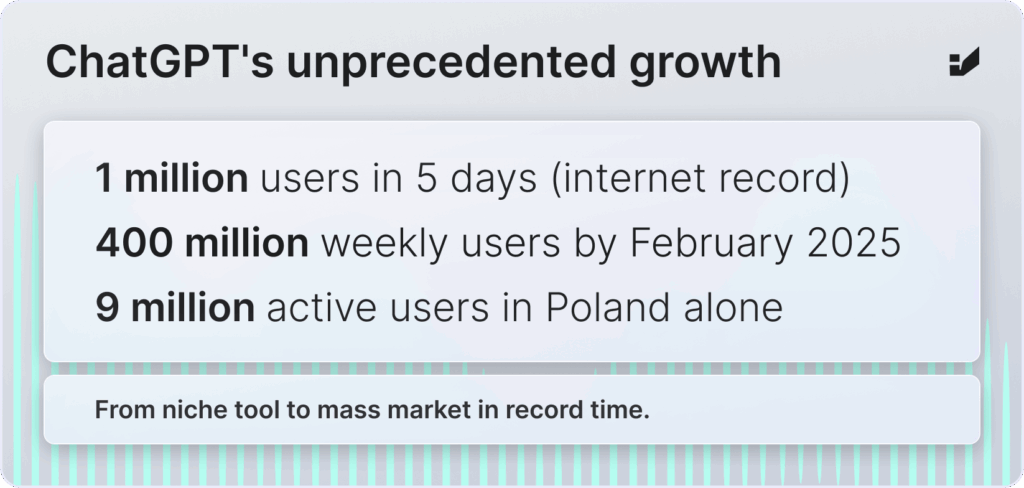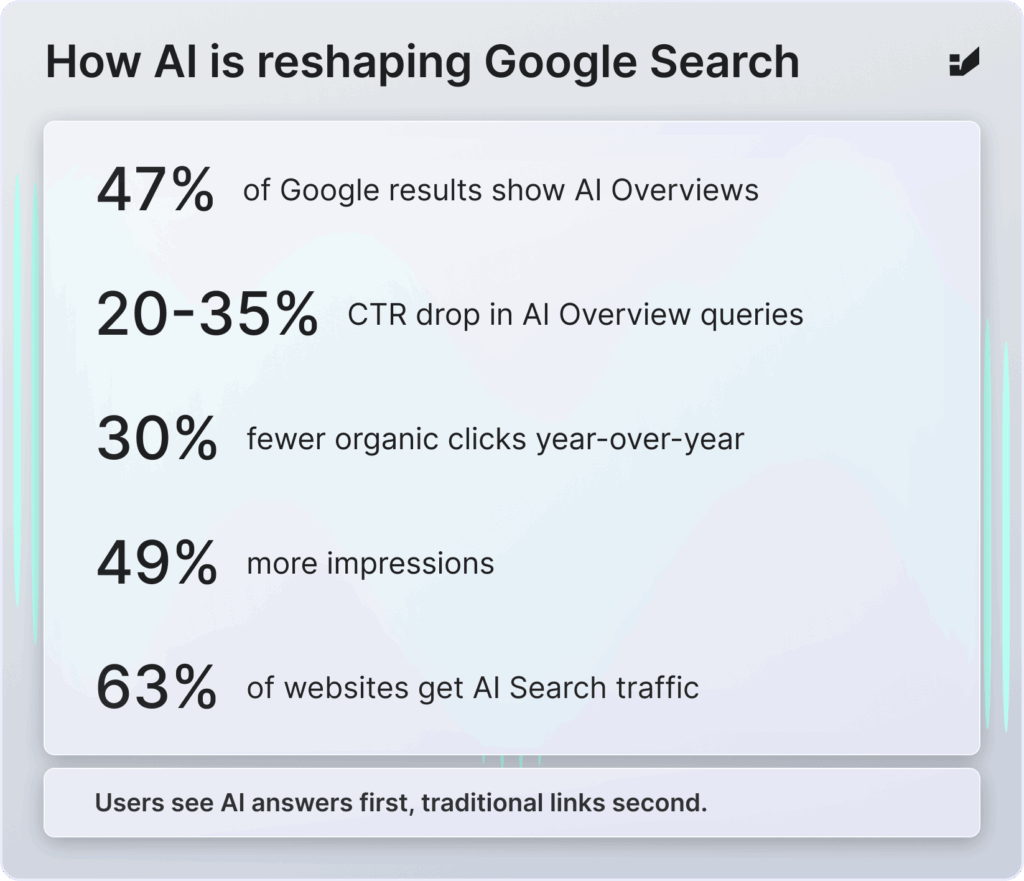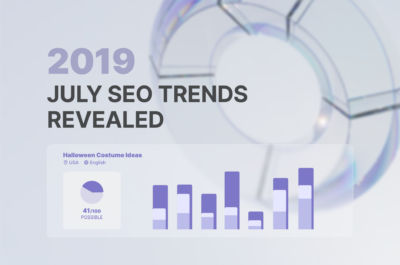How fast is AI really growing? Key stats that show why now is the time to invest
Just a few years ago, artificial intelligence was treated as a futuristic add-on - something that would soon "change the world." Today, we're talking about the present.

Generative language models such as ChatGPT, Google Gemini, and Copilot have rapidly become everyday tools for millions of consumers and businesses. The pace at which users are adopting these technologies is unprecedented in the history of the internet.
For businesses, this means one thing: a new, valuable channel for acquiring customers and building reputation has emerged. Companies that invest early enough in visibility within this ecosystem can gain a huge competitive advantage.
But everyone keeps saying how fast this market is growing. What does that actually mean? In this article, we’ll look at key statistics that illustrate the speed of AI’s development.
How fast is AI adoption growing?
The growth rate of AI is hard to compare with any previous digital technology. The best example is ChatGPT:
- The app reached 1 million users in just 5 days, breaking all records in the history of the internet
The rapid increase in users was a signal of a developing revolution in digital marketing. Long-term statistics prove it:
- By February 2025, ChatGPT had 400 million weekly users
- Today, in Poland alone, it already has 9 million active users
This shows that AI is a mass-market tool, rather than a niche one.

How does the popularity of AI tools affect information search?
Equally important are the changes in how people search for information. AI Overviews already appear in 47% of Google search results, meaning that for nearly half of queries, the user first sees an AI-generated answer, followed by classic links. This is a huge shift in how the internet works – and in brand visibility.
As a consequence, Google is seeing a global decline in traffic from informational queries:
- According to Semrush, the global CTR drop in queries with AI Overviews is on average 20 – 35%.
- BrightEdge reports that the total number of organic clicks decreased by approximately 30% year over year, despite a 49% increase in impressions.
Fewer clicks from text results force businesses to seek traffic from other sources, both within Google (AI Overviews) and from external tools (LLMs). That’s why optimizing a site for generative chat responses may be the answer to the changing Google dynamics.

Changing consumer behavior
Users themselves are changing. Statistics clearly show that consumers are adapting to new ways of searching and making purchase decisions:
- 64% of customers say they are open to buying products suggested by AI
- 58% of users already use AI tools more often than traditional search engines to find products and services
- 82% of consumers prefer personalized offers – and AI makes large-scale, dynamic personalization possible
This means that customers both trust AI recommendations and expect them to be tailored to their needs. For companies that want to remain visible, this requires adapting to the logic of AI-first commerce.

AI as a source of traffic and website visibility
In the past, the question was: how do I rank high on Google? Today, the question is: how do I appear in an AI-generated answer?
The data speaks for itself:
- 63% of websites already receive traffic from AI Search
- Forecasts indicate further growth – the search volume in generative engines will increase by 25% in the near future
This means AI Search traffic is becoming a real, measurable source of customers. Moreover, it’s high-quality traffic – because a user asking AI for recommendations is usually closer to a purchasing decision than someone just browsing classic search results.
Why is now the best time to invest?
In business, advantage depends on strategy and timing. Those who invested first in SEO or social media enjoyed years of benefits that latecomers struggled to catch up with. Now we are at the threshold of a similar shift – Generative Engine Optimization (GEO).
Although AI Search traffic is still smaller than from classic search engines, its growth dynamics are impressive, and user trust in AI recommendations is at record levels. Forecasts are clear:
- The AI market, worth $757 billion in 2025, will grow to $3.68 trillion by 2034, opening the door to new budgets, business models, and sales channels.
That’s why timing is crucial. By investing today, companies can build visibility and reputation in LLMs before the majority of the market does. Waiting means handing the field to competitors who will become the “default answer” in AI results faster. And in a world where users increasingly click on the first recommendation, making up for that loss later will be extremely difficult – and expensive.

Summary
AI is still the future, but we can already clearly see that in the long run, it will radically change the way consumers search for and buy products. Statistics show that while AI Search traffic is still relatively small in volume, it’s growing dynamically, and user trust in AI-generated recommendations is very high.
For businesses, this means the window of opportunity is opening right now. Companies that start investing in visibility and reputation in AI channels before they go mainstream can gain an advantage that will be very hard to catch up with later.
The question is: will your company prepare for it today – or will it try to catch up only when the market has already matured?



